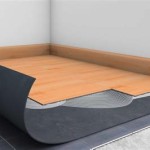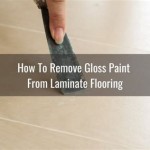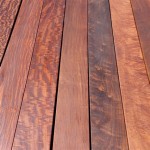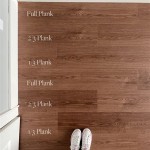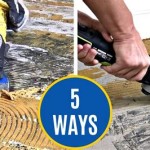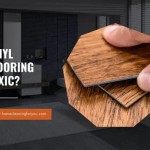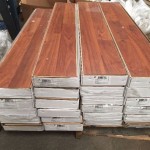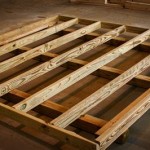Can I Paint Wood Floors Without Sanding Them?
Painting wood floors without sanding them is a tempting prospect, as it can save time and effort. However, it's important to understand the pros and cons before embarking on this project.
Pros:
- Saves time and effort: Sanding floors is a laborious task, and skipping this step can significantly reduce the time and effort required.
- Prevents dust and debris: Sanding creates a lot of dust and debris, which can be a nuisance to clean up.
- Preserves the original finish: If the existing finish is in good condition, painting over it without sanding can preserve its character.
Cons:
- Poor adhesion: Paint may not adhere properly to an unsanded surface, resulting in peeling or chipping over time.
- Uneven finish: Without sanding, any imperfections in the wood grain or existing finish will be visible through the paint.
- Durability issues: A painted floor without proper sanding may be more susceptible to scratches and wear.
- Increased risk of moisture damage: If the wood is not properly prepared, moisture can seep into the cracks and gaps, causing damage to the floor.
When Painting Without Sanding Is Suitable:
Painting wood floors without sanding may be suitable in certain situations, such as:
- Previously painted floors: If the floor has been painted before and is in good condition, painting over it without sanding may be an option.
- Low-traffic areas: In areas that receive little foot traffic, the risk of wear and tear is lower, making it less crucial to sand the floor.
- Temporary solutions: If you need a quick and temporary solution to update the floor's appearance, painting without sanding can be an option.
Steps for Painting Wood Floors Without Sanding:
If you decide to paint your wood floors without sanding, follow these steps:
- Clean the floor: Remove any dirt, dust, or debris from the floor using a vacuum cleaner and damp mop.
- Repair any imperfections: Fill any gaps or cracks in the wood using wood filler.
- Degloss the surface: If the existing finish is glossy, use a deglosser to remove the shine and promote adhesion.
- Prime the floor: Apply a high-quality primer specifically designed for wood floors to create a bond between the existing finish and the paint.
- Paint the floor: Use a paintbrush or roller to apply two or three thin coats of paint, allowing each coat to dry completely before applying the next.
Conclusion:
While painting wood floors without sanding may be a tempting option, it's important to weigh the pros and cons carefully. If you're looking for a durable, long-lasting finish, sanding the floor is the best choice. However, if you need a quick and temporary solution for low-traffic areas or to refresh a previously painted floor, painting without sanding may be a suitable option.

How To Paint Wood Floors Without Sanding The Heathered Nest

How To Paint Hardwood Floors No Sanding Required Iekel Road Home

How To Paint Wood Floors Without Sanding The Heathered Nest

How To Paint A Wooden Floor Without Sanding 9 Steps

How To Paint Hardwood Floors No Sanding Required Iekel Road Home

How To Paint Your Wood Floors No Sanding Trust Me My Priming Durable Inexpensive Method

How To Paint Hardwood Floors No Sanding Required Iekel Road Home

How To Paint Wood Floors Without Sanding The Heathered Nest

How To Paint Wood Floors Without Sanding The Heathered Nest

Painted Wood Floors Everything You Need To Know
See Also
